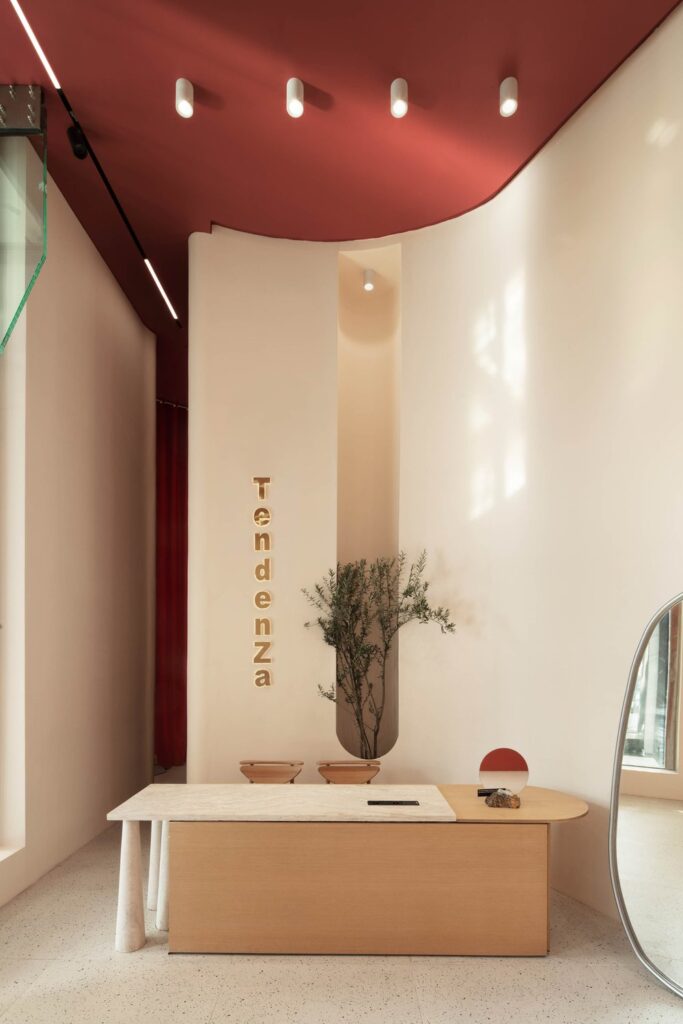Architectural photography is often seen as a documentation tool, but its power in branding is frequently overlooked. It plays a crucial role in shaping how an architecture firm, interior designer, or product brand is perceived. From glass skyscrapers to luxurious interiors, architectural photography conveys a brand’s values, identity, and vision through compelling imagery. High-quality visuals directly influence audience perception, setting brands apart in a competitive market.
Architectural Photography as a Brand Asset
More than just showcasing completed projects, architectural photography helps shape an architecture firm’s or designer’s identity. Like a logo or website, it establishes a visual language that communicates design philosophy, values, and aesthetic consistency. This article explores key strategies that help brands leverage architectural photography to stand out.
Beyond Documentation: Emotional Storytelling
Architectural photography is more than capturing buildings—it is a storytelling tool. Instead of merely documenting spaces, photographers can craft a narrative that resonates emotionally with viewers.
How does the space feel?
Who inhabits it?
What emotions does it evoke?
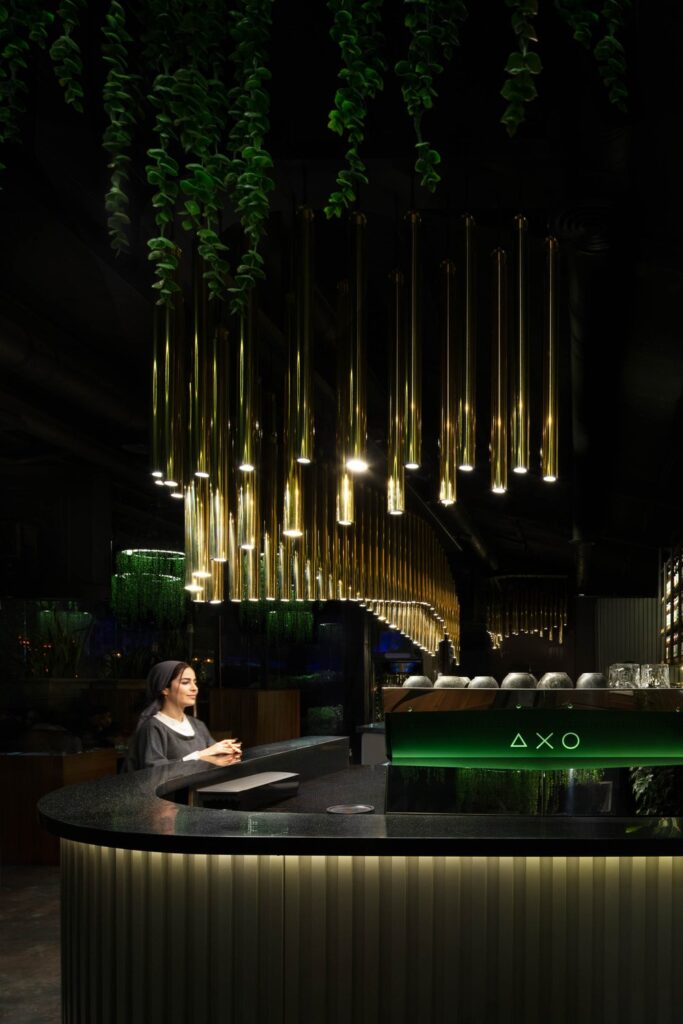
By focusing on these aspects, brands can create aspirational imagery that strengthens their identity and builds trust with their audience. For instance, an architectural firm can highlight its expertise and attention to detail by showcasing the quality and craftsmanship of its designs.
Key Strategies for Successful Architectural Photography in Branding
Just as fashion brands have a recognizable look, firms can establish a cohesive photographic style—consistent compositions, lighting, and color palettes that reinforce their identity.
1. Defining the Brand’s Visual Identity
The first step in architectural photography for branding is understanding the brand’s visual identity or project identity. A clear understanding ensures that the captured images align with presentation materials and future branding efforts.
- Colors and Styles: Does your brand lean toward modern and minimalist designs, or does it emphasize tradition and history?
• Core Message: Do you aim to convey innovation, sustainability, or luxury? The choice of photography style should align with these factors.
2. Utilizing Proper Lighting
Lighting is one of the most critical elements in architectural photography.
- Natural Light: Shooting during golden hours (sunrise and sunset) creates warm and inviting images.
- Artificial Lighting: Interior lighting or accent lights can enhance architectural details and interior design.
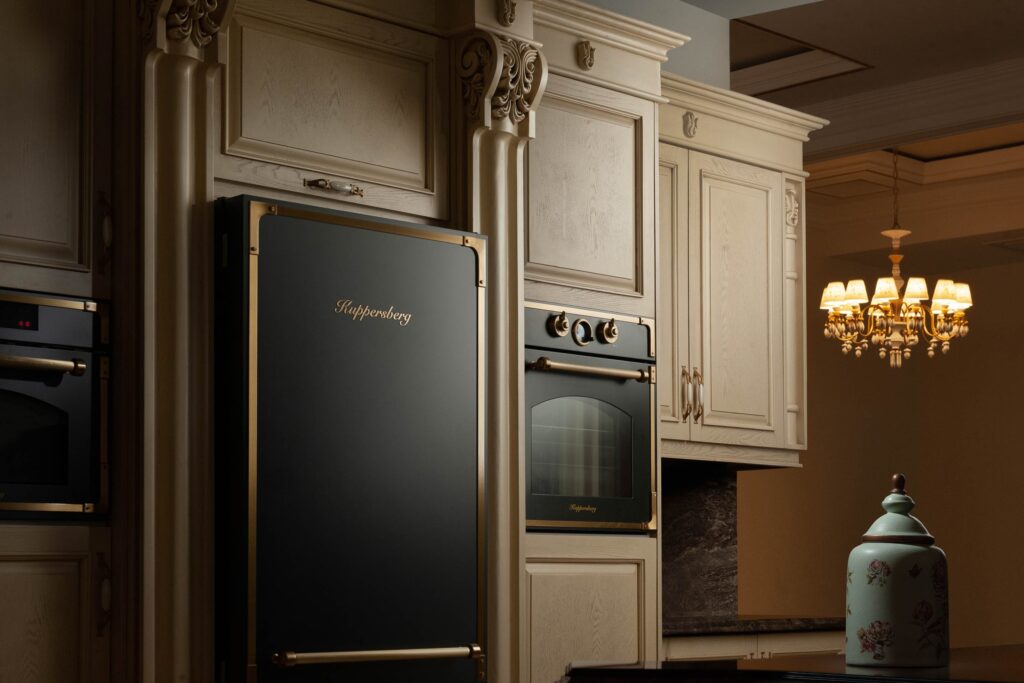
3. Choosing Creative Angles
Unique angles can give personality to your images.
- Low-angle shots: Excellent for emphasizing the grandeur and scale of buildings.
- Aerial views: Using drones provides creative perspectives on urban and architectural spaces.
4. Focusing on Details
Architectural details such as wall textures, window designs, and specific lighting elements reinforce your brand message. These details showcase precision and quality, which are essential for branding.
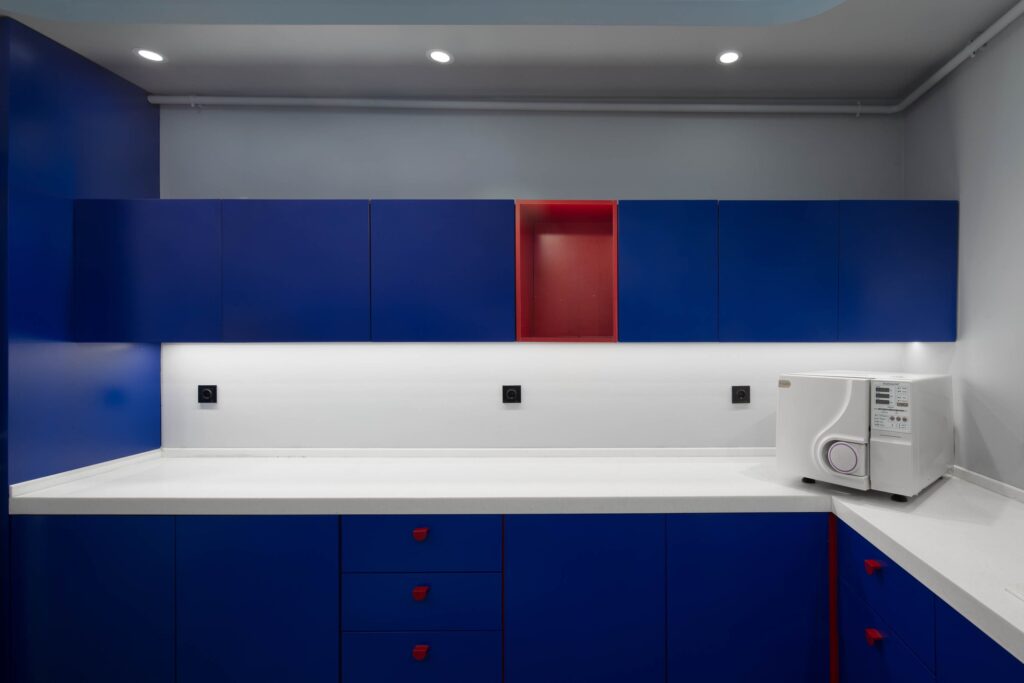
Challenges in Architectural Photography for Branding
1-Weather Conditions
Architectural photography is highly dependent on weather conditions. Poor weather can affect lighting and image quality. To overcome this challenge:
- Plan shoots on sunny days or during balanced lighting conditions.
- Use professional editing to enhance lighting effects.
2. Spatial Limitations
Physical constraints, such as closely packed buildings, can hinder capturing the right angle. Wide-angle lenses or drones can help overcome this challenge.
3. Urban Distractions
Elements such as people, vehicles, and other moving objects in urban spaces can be distracting. Shooting during quieter hours or using editing software to remove distractions can help.
The Use of Architectural Photography Across Industries
1. Architecture and Interior Design Firms
These companies use architectural photography to display completed projects and demonstrate their expertise and approach. High-quality images reflect a commitment to excellence and attention to detail.
Essential Equipment for Professional Architectural Photography:
- A key tip for elevating a project’s brand in such companies is to focus on both the finer details and the overall vision. By showcasing intricate textures and precise cuts alongside topographic land images or aerial views, you can convey a deeper understanding of what each project truly represents.
2. Hospitality Industry
Hotels and resorts use architectural photography to showcase stylish and inviting spaces. Images that convey comfort and luxury play a vital role in attracting guests.
3. Product Designers and Companies
High-quality images of products and furniture in lifestyle settings and commercial spaces significantly impact sales and brand storytelling. Interior photography highlights key branding features while effectively conveying the product’s function and appeal.
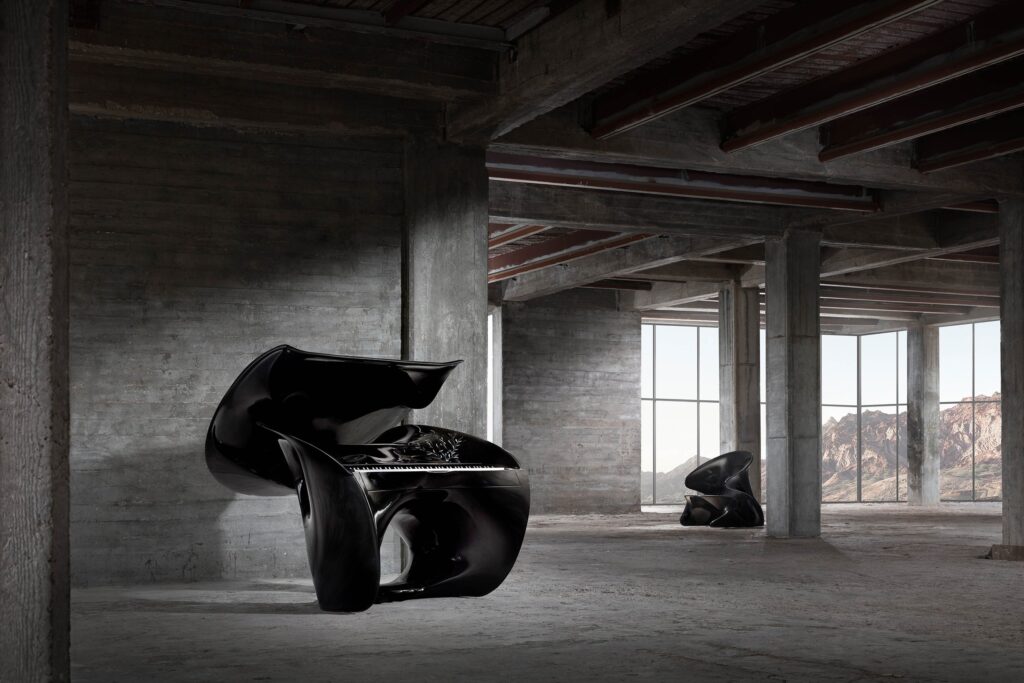
How Architectural Photography Distinguishes Your Brand
Architectural photography does more than showcase physical spaces—it tells the story of your brand. Images that effectively communicate quality, creativity, and brand values leave a lasting impression on your audience.
A well-crafted architectural photograph is more than just a visual record; it conveys a message of excellence, innovation, and exclusivity. By utilizing strategic lighting, unique perspectives, and refined compositions, brands can differentiate themselves in a crowded market. Whether highlighting sustainable design, luxurious aesthetics, or cutting-edge architecture, each image serves as a visual signature that reinforces the brand’s identity.
Beyond aesthetics, architectural photography fosters emotional connections by immersing audiences in a brand’s world. Thoughtfully captured images invite viewers to experience the atmosphere and functionality of a space, shaping their perception of the brand’s credibility and vision. This is especially valuable in industries like real estate, hospitality, and design, where visual appeal directly influences customer decisions. By crafting a consistent and memorable visual narrative, architectural photography not only distinguishes a brand but also strengthens its long-term market presence.
Conclusion
Architectural photography is a powerful branding tool that visually communicates a brand’s values with impact. By implementing the right strategies and overcoming challenges, brands can create compelling architectural images that enhance their presence and set them apart.
